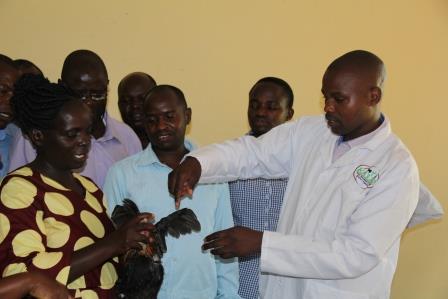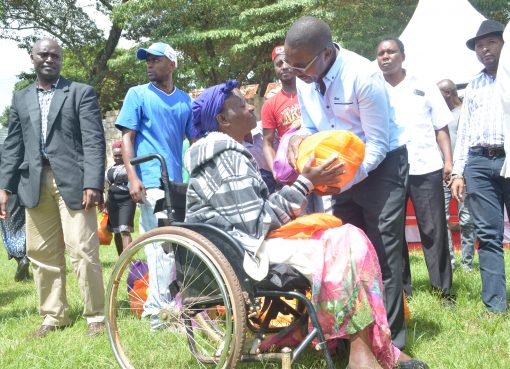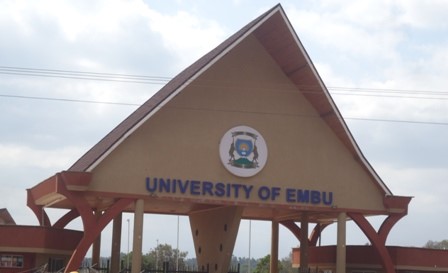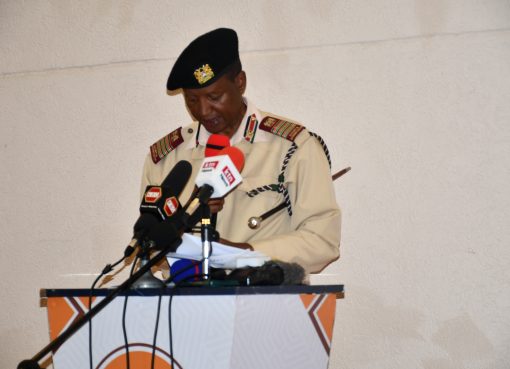The Kenya Agricultural and Livestock Research Organization has come up with a superior indigenous chicken breed that will deliver the objective of increasing egg production.
Speaking during a training of agricultural extension officers from Kakamega and Kisumu counties at Busia Agricultural Training Centre on Friday, the Director of Non-ruminant Research at KALRO, Steven Mwangi Miano noted that the demand for eggs and chicken in the country are on the rise.
Mwangi said the improved chicken will produce between 230 to 250 eggs per year compared to the present case where indigenous hens produce 80 to 100 eggs.
“In order to ensure that the birds are available to farmers, KALRO has produced and distributed day-old chicks worth Sh.95.1 million to farmers since 2016,” Mwangi said.

He added that a total of 950,000 birds have already been distributed to farmers across the country from the Naivasha hatchery.
The Director further said that a new facility will be commissioned in Kakamega to produce 12,000 chicks monthly and another one in Naivasha producing 38,000 chicks per month to increase investment.
Mwangi pointed out that Western Kenya region is renowned for poultry keeping but farmers have not adopted best practices that can help improve productivity.
“We are using technology to improve what we produce so that we stop importing,” Mwangi said, adding that a lot of eggs consumed in Western Kenya come from Uganda.
He further said that the organization will train 400 trainers from Siaya, Kakamega, Bomet, Kericho, Isiolo, Thraka Nithi , Laikipia, Nyandarua, Machakos, Taita Taveta, Wajir, West Pokot, Busia Baringo , Uasin Gishu, Elgeyo Marakwet, Nyeri, Lamu and Kisumu counties.
The Director further said that the organization is also looking for partnerships with groups like the Kenya Climate Smart Agriculture Project to see whether some of the farmers can be trained to start producing eggs, adding that the move will increase the number of chicks and reduce the waiting time.
“The direct beneficiaries of the KSCAP are estimated at about 521,500 households of small holder farmers, agro pastoralists and pastoralists,” he said.
Mwangi at the same time urged county governments to encourage youth to form groups that would produce insect protein to supplement the expensive chicken feed that are not available at times.
“If we produce insect protein then we will remove competition between chicken and human beings,” he said.
Poultry population in the country is estimated at 42 million birds of which, 82 percent are indigenous chicken, 9 percent commercial layers and 7.4 percent broilers.
By Salome Alwanda





